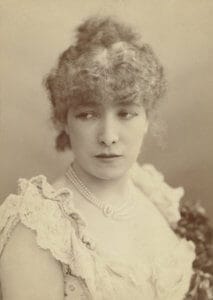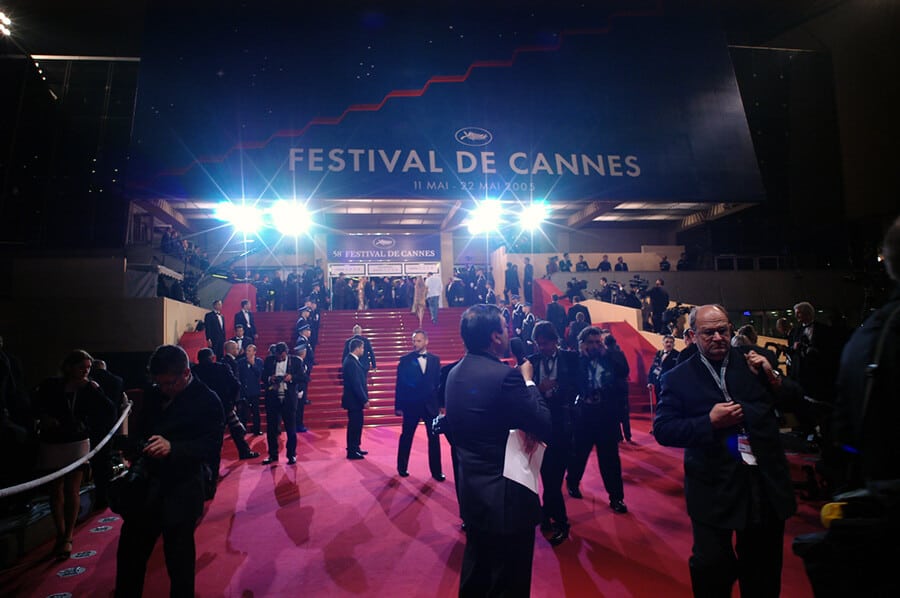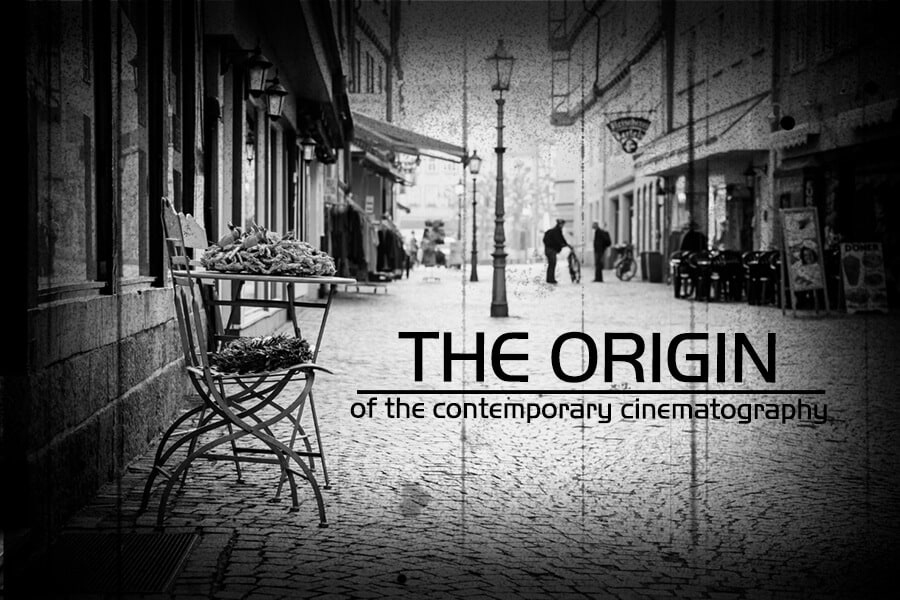It was the reason to consider France the origin of the contemporary cinematography when in the last decade of 19th centuries Auguste and Louis Lumière presented the first cinema show in the world. Thus, the oldest range will be the actual theme for the next few months.
World Cinema in France
Boulevard des Capucines, named after the abbey of Ordo Sanctae Clarae Capuccinarum, was the place where the first cinema luanched. Even though the cleverest men fought for the secret of cinema, only Lumières could reproduce onscreen and began the Epoque of French films.
Until now France is hosting one of the most important annual events in the world of cinema – the Cannes Film Festival, as the historical connection within its roots. Later, in 1902, Georges Méliès, creator of the famous film, A Trip to the Moon, established one of the first studios: `Star Film` in his manor in Montreux.

In 1907, the first film studio opened. It was called `Film d’Art` (Le Film d’Art). Its founders were bankers – the Laffitte brothers. They managed to attract famous playwrights and actors of that time to film production. The enterprise made a significant contribution to the history of French cinema. Although, the financial peculiarities and other disagreements caused a quick bankruptcy.
Cinematography received recognition in high social strata. Cinema in France ceased to be treated as entertainment, and supposed it as real art, filming the talented actors, one of whom was Sarah Bernhardt.
World Wars I and II interrupted the cultural rise inside the country. Subsequent occupations took the material (capital) and spiritual (gifted artist) for several decades. Light stories, which entertained the public, were known as comedy.
A century ago, it was created to distract people from the dust and sad post-war environment. Iconic comedians Gerard Philippe, Jean Mare, Louis de Funes appeared in the history of French cinematography, particularly in comic episodes.
The History of the Cannes Festival
There are no people in the world, who could never have heard about this festival for onscreen idols and profitable opportunities for youth.

In 1946 event was held on the French Riviera firstly, since six gap years it was arranged. The interruption, affected by World War II, got everyone to re-estimate the values, including the national heritage of the film and cinematic effects. However, the first themes of the festivals dedicated to the post-war ambience, politicians and socialist propaganda, for instance, the film Berlin was presented by a director from the Soviet Union. Some facts claimed this festival to be mostly socialist. The next decades discovered talented artists across the world.
It remained the trend of experiments and original model that could exist for far more years it already has done. Let’s take a look at some of the best films to come out of Cannes.
All That Jazz
The semi-biographical musical film directed and choreographed by Bob Fossey won four Oscars along with Palme d’Or. All That Jazz brings together the finest elements of Hollywood musicals, breakneck pace and breathtaking brightness, inspiring a generation of filmmakers. The film based on the story of choreographer and director Joe Gideon, who leads an unbridled lifestyle that leads him to a heart attack, but even the threat of death cannot affect the choreographer’s habits.
Les Parapluies de Cherbourg
Young Genevieve works in the family’s haberdashery shop selling umbrellas. She is in love with an auto mechanic Guy, and he muted her. But soon Guy was taken into the army and sent to Algeria. Parting, the lovers promise to wait for each other. Then Genevieve realized she was pregnant and must do a contra version, but the right decision getting married to wealth neighbour. Catherine Deneuve and Nino Castelnuovo played the roles of lovers, spinning the story around. The film is directed by Jacques Demi, the music written by Michel Legrand.
Paris, Texas
The name of Wim Wenders’ film comes from a small Texas town. This is a touching, melancholic, at the same time emotional story about Travis (Harry Dean Stanton), a middle-aged man who disappeared four years ago, but unexpectedly reappears in the desert near the Mexican border. He is looking for his wife and son, hopes to try to restore relations with loved ones, but closer to the final, his painful memories disturbing him with more force.
L’albero Degli Zoccoli
Ermanno Olmi inspired by a story he heard from his grandfather. The Italian filmmaker’s masterpiece based on the most mundane events from the lives of several peasant families in Lombardy at the end of the 19th century. Preparing for filming, Olmi spent several months in the countryside, talked with residents and took many of them as actors, which affected the naturalness of the picture. Either way, an ordinary, but the gripping story, filled with tremendous breadth, depth and sincerity.
Das Weiße Band
In 1913, shortly before the First World War, a series of mysterious incidents took place in a German village. The film raises a lot of questions, but almost no answers. The events that many adults and children are empowered in seem to be strangely connected. A local teacher is trying to figure them out. A black and white film, directed by Michael Haneke, told us about the nature of evil and the upbringing of children destined to become the Nazi generation.
Pulp Fiction
Pulp Fiction is probably one of the most iconic films of all time. This picture brought worldwide fame to Quentin Tarantino. The film showed a fresh look at an already erased genre, managed to breathe new life not only into crime and mafia films but also into American cinema in general. The heroes of the picture make mistakes in their criminal endeavours. Correcting them, they conduct dialogues that have retained their sharpness to this day and perfectly complement the scenes played.
Photos: Shutterstock / Photomontage: Martina Advaney
From a worldwide festival to a world-renowned director:
Support us!
All your donations will be used to pay the magazine’s journalists and to support the ongoing costs of maintaining the site.
Share this post
Interested in co-operating with us?
We are open to co-operation from writers and businesses alike. You can reach us on our email at [email protected]/[email protected] and we will get back to you as quick as we can.









